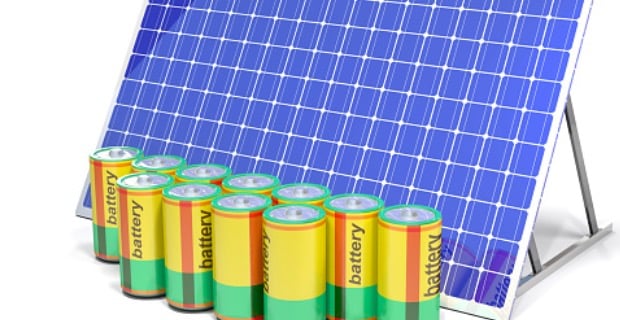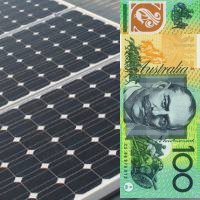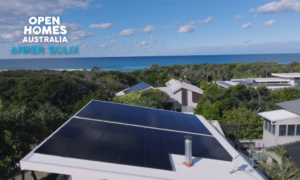The NSW Independent Pricing and Regulatory Tribunal (IPART) is considering a cut to the benchmark price for NSW feed-in tariffs, most which come from solar power.
The current NSW feed-in tariff sits around 11 cents per kilowatt hour. From July 1 this year it could be reduced to 8-9 c/kWh.
IPART says it is taking the falling price of wholesale electricity prices into account in reviewing the benchmark range.
The NSW Greens are hitting back, calling for the state government to change the way feed-in tariffs (FiT) are set.
Spokespersons for the Greens say the government should change the FiT assessment criteria to “recognise the multitude of benefits solar energy brings”. This includes reduced emissions, cleaner air and reduced need for infrastructure, as well as cheaper electricity.
The Greens also say that a reduction in FiT prices could act as a disincentive for people to invest in solar.
Earlier this month, Tony Wood of the Grattan Institute claimed that the solar boom could eventually lead to the demise of FiTs. Mr Wood said this could happen due to an oversupply problem that reduces the value of electricity.
While this doesn’t seem to be the case yet, the fact that IPART is considering lowering the benchmark rate in NSW shows how FiTs are vulnerable to the changing nature of the market.
How IPART sets NSW feed-in tariffs
In NSW Feed-in tariffs are not compulsory, and electricity retailers set their own prices. The role of IPART is to set a benchmark price range in NSW as a guide.
In setting the benchmark, IPART takes several factors into account. They include the savings retailers get by purchasing energy from solar customers rather than from the market. Another factor is the change that occurs in wholesale prices. IPART have forecasted a price fall in the next year.
The value of electricity also varies at different times of the day (e.g. peak / off-peak) due to demand, and this can affect FiTs. However, IPART claims electricity retailers have not been offering variations in FiTs for differing periods – known as ‘time-of-export’ pricing.

How to mitigate impact of FiT changes
Even with variations in FiT rates, there are ways to ensure you still come out winning the electricity price war. These include seeking out the best solar quotes to ensure you get a good deal on solar from the start. But the cost of solar panels is falling all the time. This means even with reduced FiTs you would still be better off in the long term with solar.
You could also use more electricity while the sun’s shining, improve efficiency by installing a smart meter, and install energy storage batteries. Storing unused power in a battery means you can use it later, rather than drawing power from the grid.
The good news is that the price of solar batteries is falling all the time. There are also some national and state financial incentives in place to help you with the purchase of solar panels and battery storage.














































